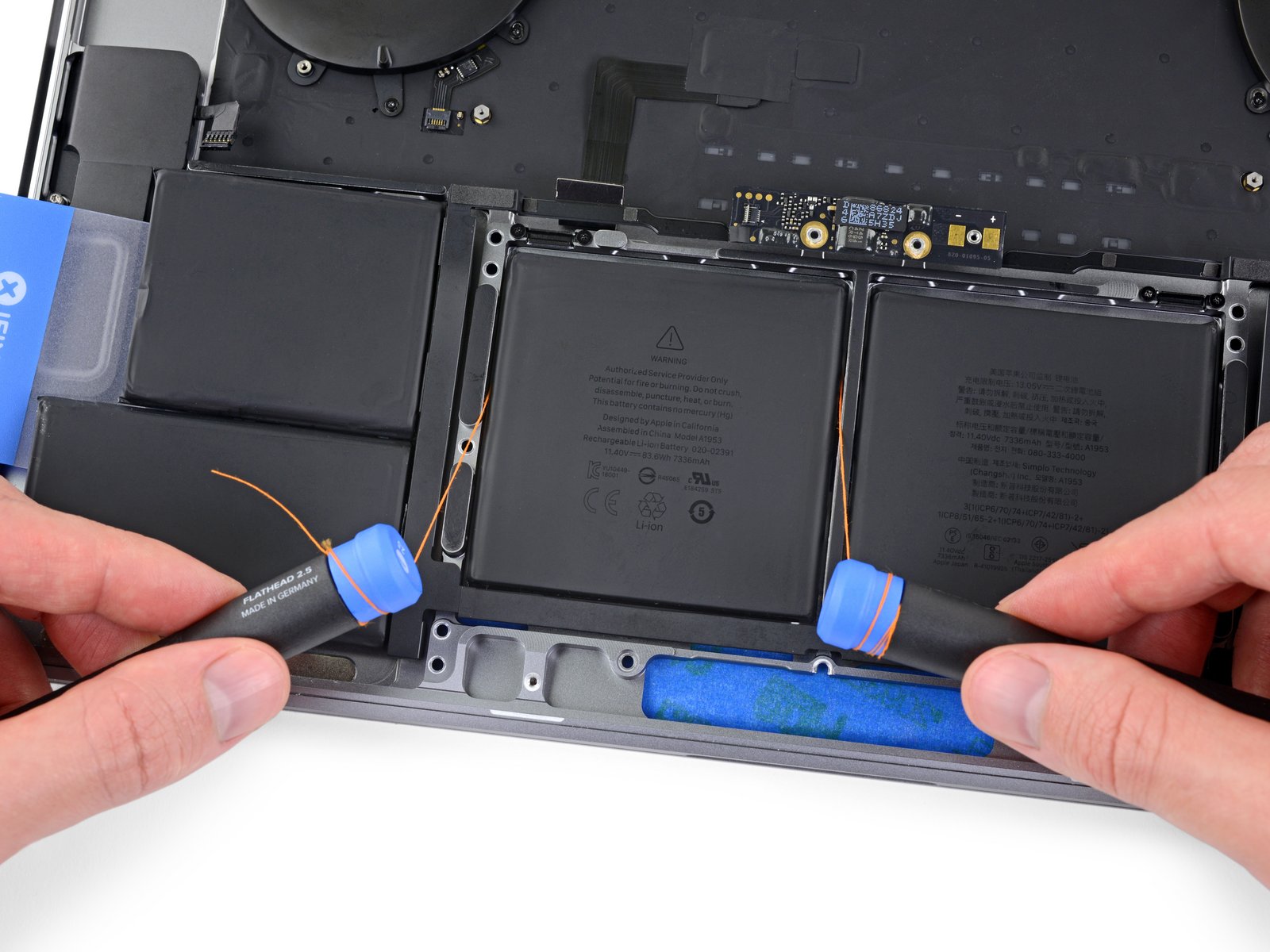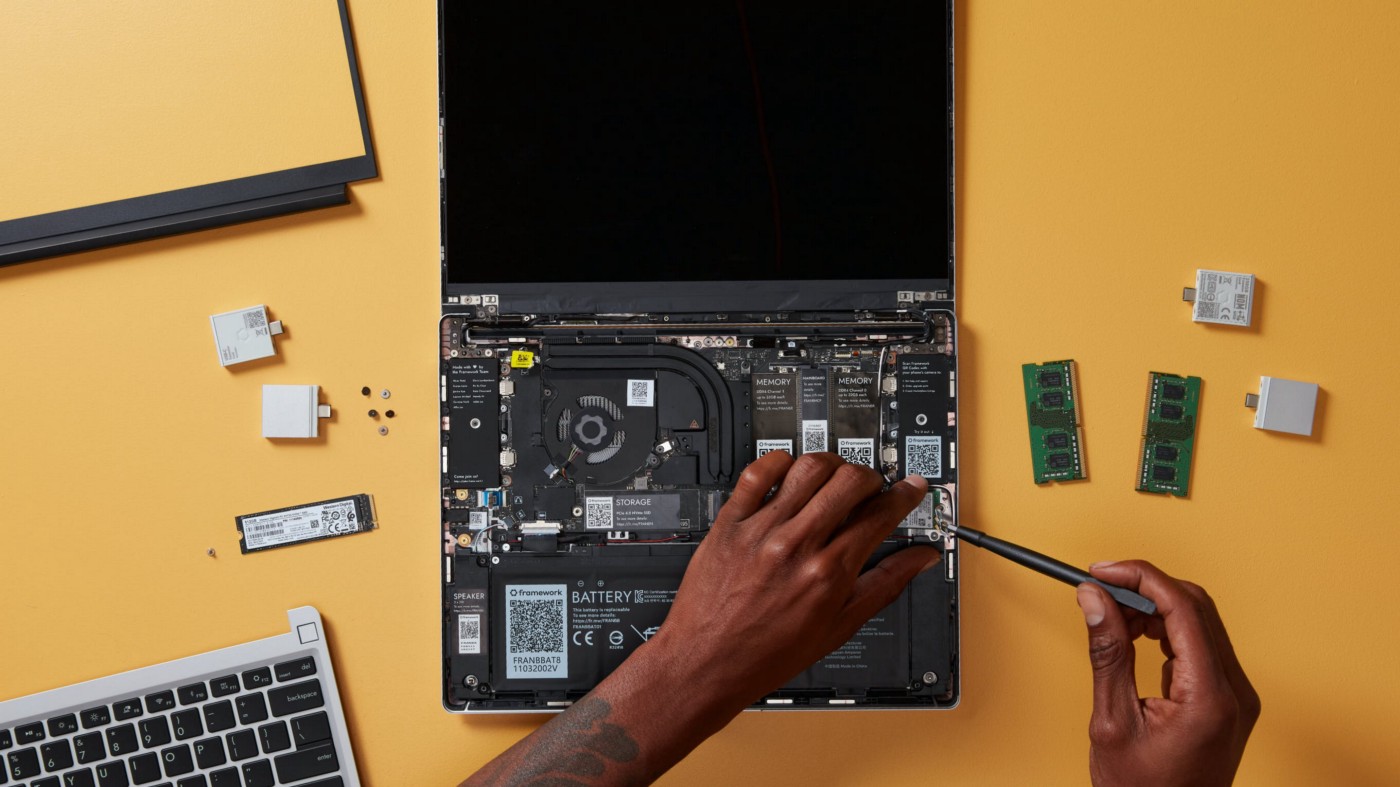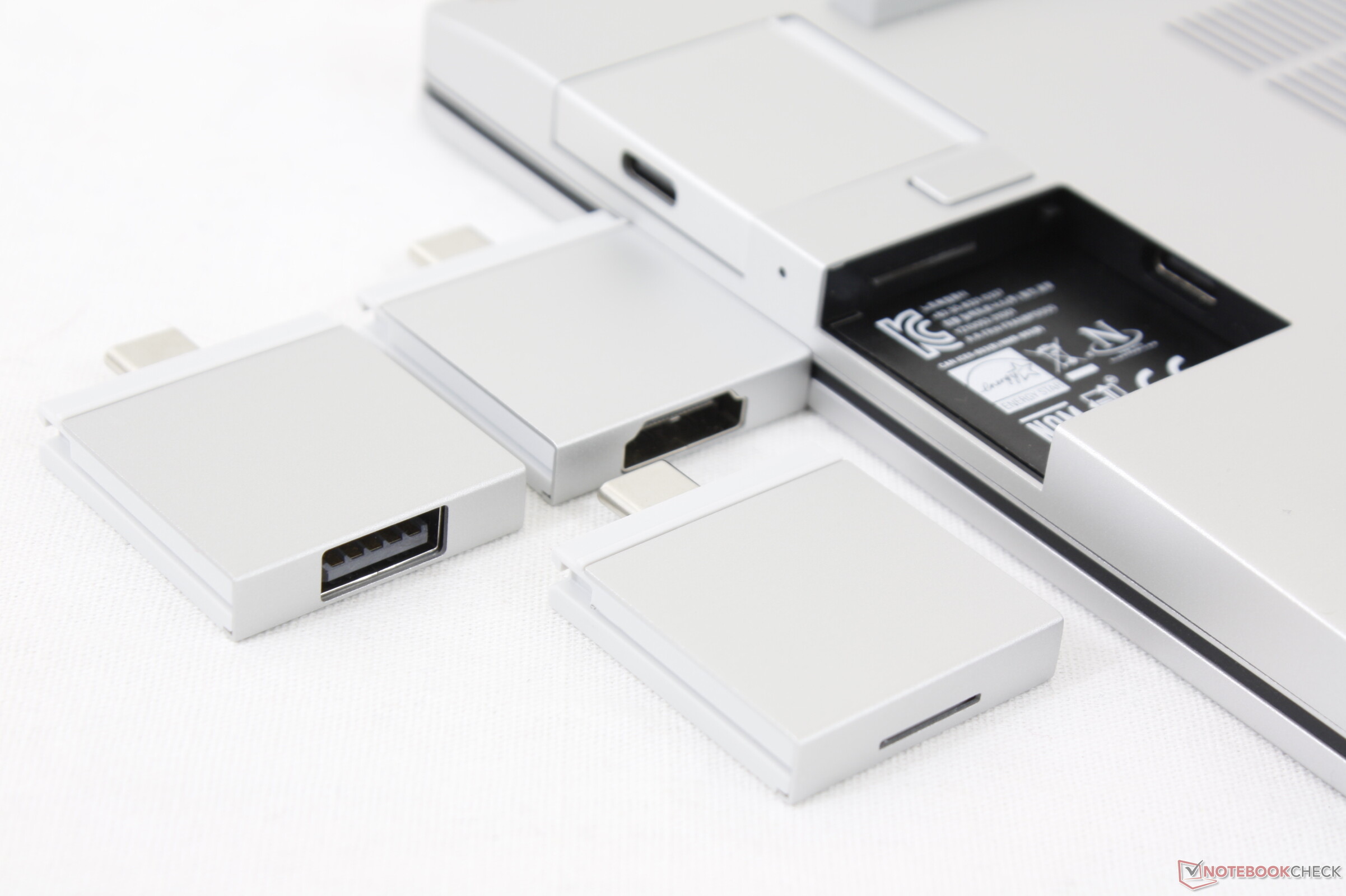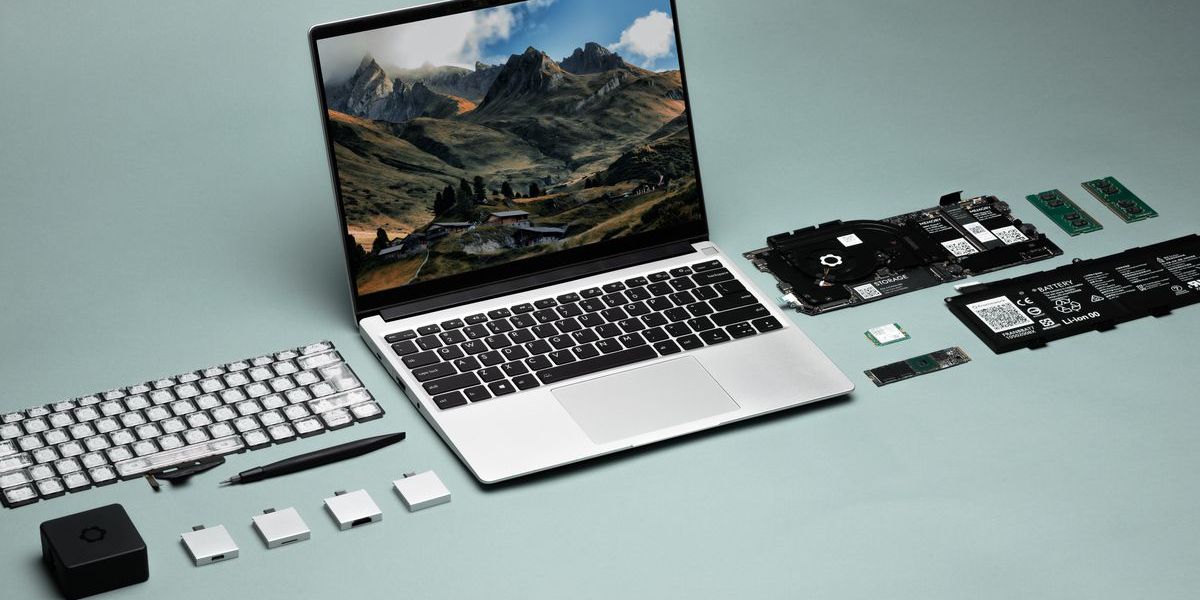In the last couple of years, laptop technology has been advancing in a direction of portability. Reducing the weight and size of technology enriches how we live. We now have mobile devices that are ultra-portable, and with these advancements it makes it possible to connect with friends and family, or create works of art, anywhere in the world.
What hasn’t advanced along with the portability of technology is the ecological impact we are having on the environment under this current paradigm.
The fault lies somewhere in the middle. The symbiosis between our need for new technology (to improve our lives) and the systems that make and sell this technology.

In the pursuit of innovation, we are creating a vast waste footprint. Recycling devices only produce about 20% of usable materials that can be put back into use for other products. This means that 80% has to be used in ways other than recycling. I think we all know where the rest goes, in the landfill. That means our planet. It’s a major problem and solving it is going to require the smartest people on the planet.
 Right now, most laptop and tablet manufacturers are not doing all they can to make these devices easier to repair and last. It’s not entirely their fault. For the most part, they are responding to forces that are driven by the needs of the market. Although manufacturers have a part to play in creating better options for recycling and re-use, it’s up to us to decide how this is going to play out by our purchasing and discarding decisions.
Right now, most laptop and tablet manufacturers are not doing all they can to make these devices easier to repair and last. It’s not entirely their fault. For the most part, they are responding to forces that are driven by the needs of the market. Although manufacturers have a part to play in creating better options for recycling and re-use, it’s up to us to decide how this is going to play out by our purchasing and discarding decisions.
Recently, many of the laptops I get in for repairs have been difficult to upgrade and service. The reason for this, at least from the reports from manufacturers, is that to make technology smaller, sacrifices need to be made in the device’s repairability. From my technology research and recommendation experience, I have found that design decisions boils down to cost savings, increasing profits. In some cases, it’s cheaper for the manufacturer to design hardware that integrates many of its components, I.E does not have external components that can be changed out. Additionally, from a support perspective it’s more cost effective to limit repair resources for the life of the product. Device’s also gain performance and reliability benefits (during the life of the product) if components are integrated, rather than being upgradable. But if one component fails on an integrated platform, the whole device needs to be replaced. This puts a larger cost burden on the customer, which manufacturers knowingly make a profit from. Compared to designing technology that can be upgraded and reused, its my understanding that this approach also creates more waste over time.

This year, the company Framework designed a laptop that is easy to repair and upgrade. The potential of this laptop to change our understanding of upgrading, repairability and portability should not be underestimated. Its design brings me back to the days during the beginning of the home computer revolution, where expanding the functionality of the device was the center piece of every product, not a forethought, like many devices are today. Framework is the first company, that I know of, that could be in a position to change the upgrade and discard landscape. The fact that this particular laptop even exists cuts through the lies and puts to shame Apple’s argument that from a security and reliability perspective, it’s not a good idea to make devices more repairable.

If the Framework laptop is anything at all, it’s hard proof that you can build a thin and light laptop without sacrificing repairability and upgradability. This one idea could be the spark that changes this industry for good. In a world of devices that have horribly unfriendly designs, we sorely need this kind of innovation. I’m glad Framework took the risk, at the very least causing a shift in perspective. There is a hurricane of attention right now on the Right to Repair movement, and Framework is right in the center of it.
If the Framework Laptop catches on, it’s one possibility that might be worth investing in. You can purchase an assembled unit or an assemble-it yourself option from Framework now. Starting at $1000, the cost of a Framework Laptop is about $200-$300 more than a comparable model that is currently on the market. None of Framework’s competition have anything close to the expandability and repairability of Framework’s offering. I see the increase in cost as an early adoption investment for any person who wants to support sustainability.
Other Recycling and Reuse Options
Donate to charity: If you think your old PC is no longer usable and just taking up space, donate it to a charitable organization. There are quite a few non-profit organizations that use old computers for administrative or instructional purposes.
Recycle: If your computer is too old to be of use to someone or is damaged beyond repair, don’t throw it away—recycle it. Some computer manufacturers offer nationwide programs to help the environment by recycling used computers. Check with the waste and recycling service in your city to find out if there are any special instructions to follow regarding the disposal of old computer equipment.
No matter what you do with an obsolete computer, make sure you have your data securely erased before it leaves your control.
About your guide
I have been working with and writing about technology for over 20 years. I offer computer services to the people of Santa Rosa and the surrounding areas. I also provide remote solutions to anyone over the internet. To find out more about me, and my services, visit my home page. To request a consultation, contact me.
